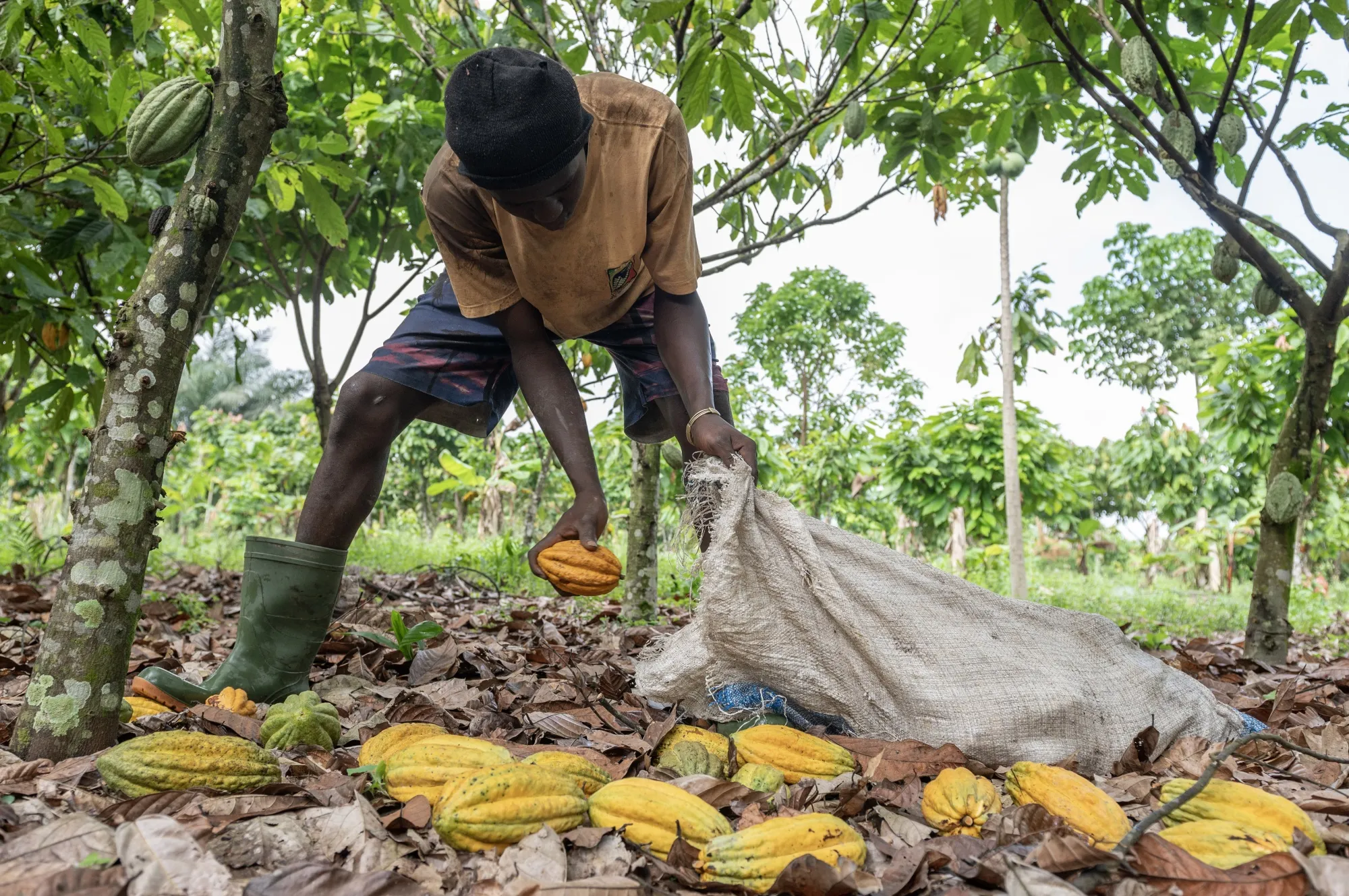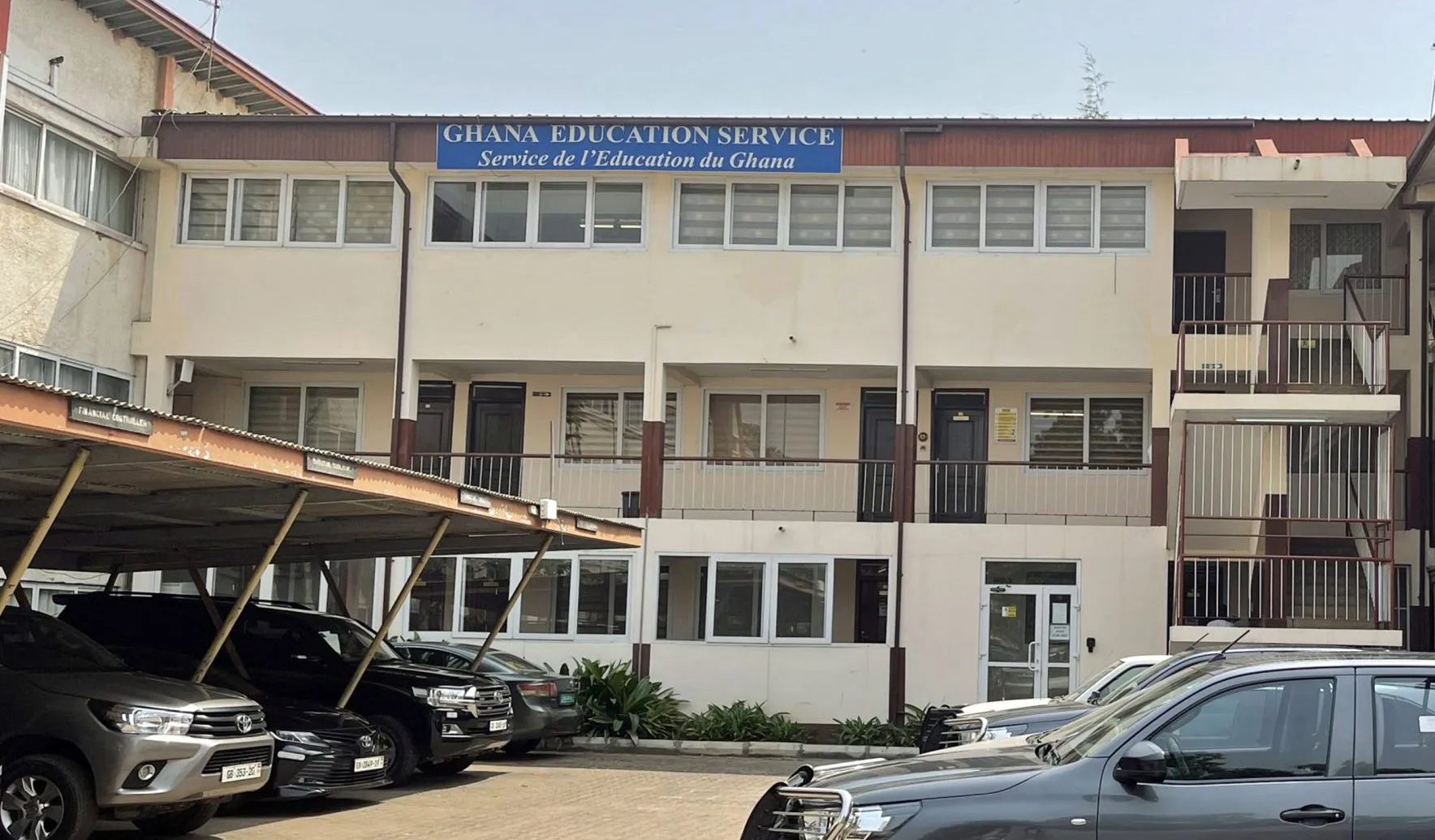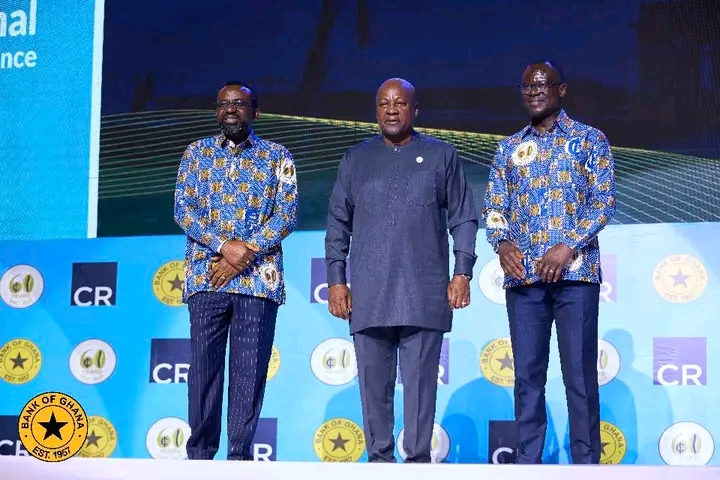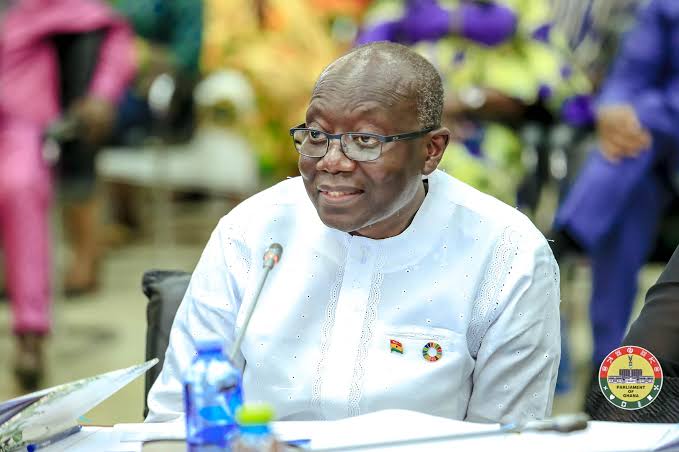Credit: Kekeli K. Blamey
Cocoa farmers in Ghana are calling on the government to honour its legal obligation to allocate 70% of the Free-On-Board (FOB) price of cocoa directly to producers, reigniting a long-standing debate about fairness, transparency, and accountability in the sector.
Their renewed demand comes after President John Dramani Mahama hinted at a new and improved cocoa producer price during a Thank You tour in the Ahafo Region over the weekend.
The president assured farmers that the government would announce a significantly better price in August 2025. However, stakeholders say promises are no substitute for enforcing the provisions already enshrined in the constitution.
Speaking to journalists, Stephenson Anane Boateng, President of the Ghana National Cocoa Farmers Association, emphasized that cocoa farmers deserve their fair share not just out of goodwill, but because the law mandates it.
“Every government comes with projections and proposals, but the law is clear—70 percent of the FOB price should go to the farmer. Why is this not consistently respected?” Boateng asked, expressing growing frustration within the farming community.
Ghana, the world’s second-largest cocoa producer, depends heavily on cocoa exports. Yet the smallholder farmers who form the backbone of the industry continue to face income insecurity, partly due to what they argue is a failure by authorities to follow through on equitable revenue distribution.
Beyond pricing, Boateng warned against the increasing push for state-led commercial cocoa ventures, criticizing them as potentially harmful to the long-term sustainability of the sector. “Commercial cocoa farming with no clear strategy can undermine smallholder farmers. We’ve seen what happened to State Farms and factories set up in Nkrumah’s era—many of them no longer exist,” he cautioned.
The previous administration, led by the NPP, marginally raised the cocoa producer price in November 2024—from GH₵48,000 to GH₵49,600 per tonne. However, farmer groups say such increases fall short of meeting the 70% threshold and do little to buffer producers against rising production costs.
As the August price announcement approaches, farmers are urging the government to match rhetoric with legal compliance and to rethink development models that prioritize large-scale ventures over smallholder resilience.







